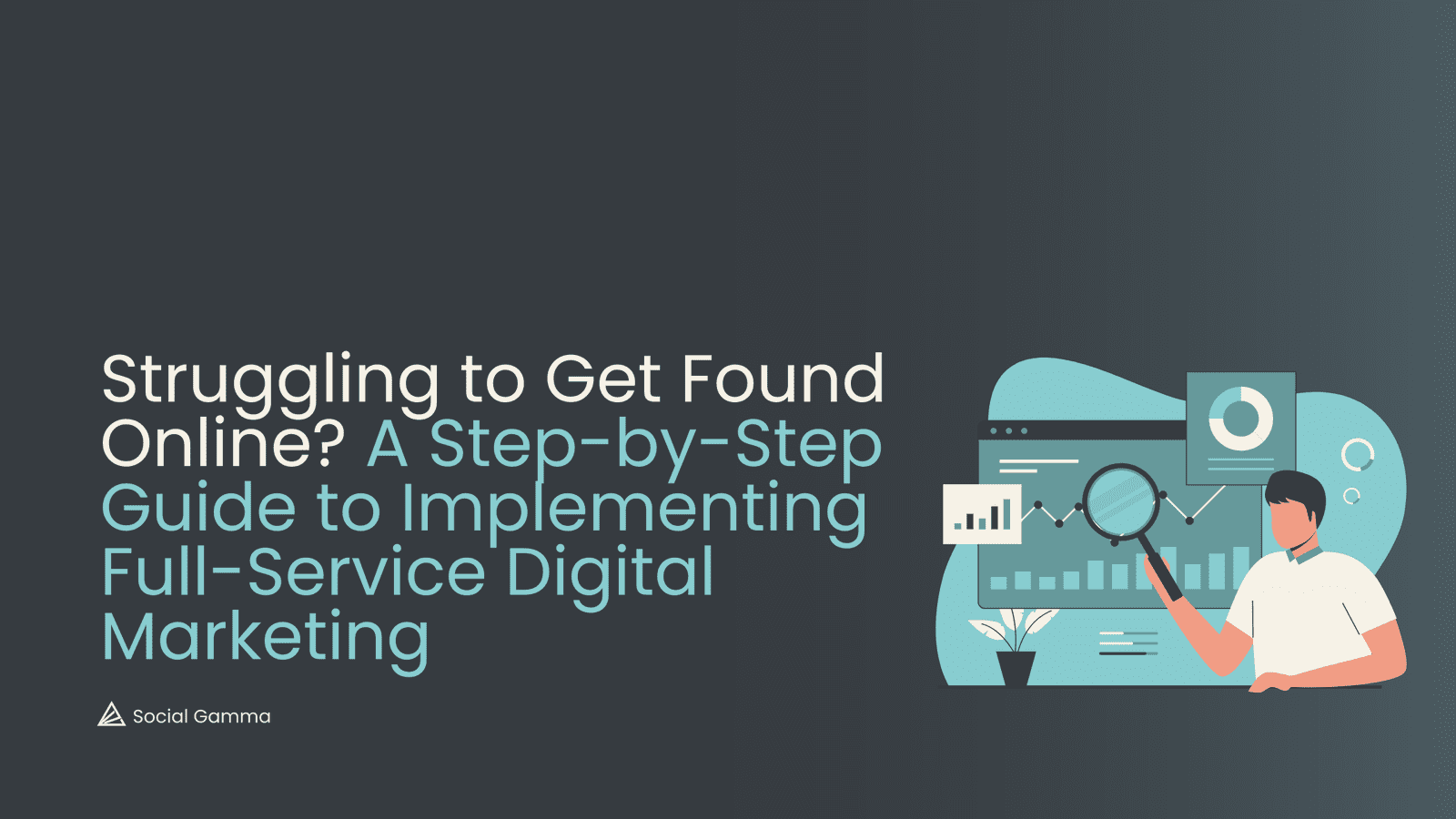Many founders see gaining inward investment as an opportunity to expand their business. This can be the case, but sometimes it might not be the right course of action. Depending on the type of business, what it’s trying to achieve and what its growth plans are, inward investment can be a powerful tool for growth or lead to a loss of control.
Contents
Starting out strong
Inward investment can give your business increased credibility, as it proves that others outside of your business can see the value of your business proposition. It also provides new capital which can be used to cover expenses which otherwise would be unviable. This can be particularly important, as adopting certain services which enhance your business’s capabilities can be expensive.
The other key benefit of gaining investment is that inward investment can bring access to industry networks. This can be pivotal for startups, who may not necessarily know how to operate in highly competitive markets, meaning without networks and advice could run afoul of many common pitfalls.
Loss of control
Gaining investment in your business can bring all of the aforementioned advantages, but there are also a number of drawbacks to be considered.
The first drawback is the dilution of ownership. This means that as investors have paid into your business, they may want an increased say in its operations if they are an active investor. They are within their rights to make this ask of your business, but this may become difficult to manage if they have significant divergencies in strategic thinking.
A further drawback of inward investment could come from increased pressure from new investors. This is because they will want to see a return on their investment, therefore wanting to push to increase pressures on your business to hit targets earlier, with better outcomes than you originally planned. This can lead to increased stress for you and your team, potentially changing the workplace culture and the quality of being a member of the organisation.
What you need to secure investment
If you understand the advantages and drawbacks and still decide investment is what you need, there are a number of elements that you’ll have to consider.
The following are 7 critical elements that should be integrated into any investor engagement strategy.
1. A business plan
Demonstrating what you need first means showing what your business will do, why it needs investment and how it will seek to make a profit. This requires SMART objectives which means they must be specific, measurable, achievable, realistic and timely. Furthermore, you will need to show a comprehensive analysis of your target market, competitors within that market and provide financial projections which underpin your assumptions.
2. Understand what you need
To get the investment you need will require knowing exactly how much funding you must acquire to finance the achievement of your business goals. This includes examining all the costs that may occur while starting and growing your business. This must incorporate building costs such as rent, salaries, marketing and any other potential expenses.
3. Identifying investors
Research is required to know which investors are appropriate for your startup. This is because many investors have specialist sectors and industries they prefer to invest in. Therefore, its essential to explore a wide range of potential investors and then narrow the list down with specific parameters which are unique to your business.
4. Networking
Raising capital will require building a network of industry professionals, who understand the offering of your startup. To build your network, you will need to attend events where key potential connections will be present, join industry organisations and use business related social media such as LinkedIn. By engaging in these different activities, you will increase the likelihood of meeting the right person or people who can provide you investment.
5. Practicing your pitch
Speaking to investors will require you to clearly and accurately convey information concisely and compellingly. This will require plenty of practice, but will pay dividends if executed effectively.
6. Be ready with further information
Once you attract interest from a potential investor, it is likely they will want further information to understand if your business is a good investment for them. This is to ensure that your startup is viable. The information they may ask for could include licences, trademarks, contracts, patents, as well as variety of other documents. By having these prepared in advance, you can make the investment process easier for any potential investors.
7. Negotiating terms
If you secure an investment offer, you will then need to review the previsions within the investment agreement. This may require getting legal advice, to avoid any potential pitfalls which could become a problem for your business at a later date. It is also valuable to have multiple terms sheets, because it creates competition giving you greater leverage with investors within the negotiation process.
Summary
Gaining investment for startups can be a lengthy and time-consuming process, but can be highly beneficial if executed well. This can help your business grow helping you to achieve your business ambitions. By following the 7 steps outlined in this article, you should be able to make an effective plan of action to get the investment your business needs.

